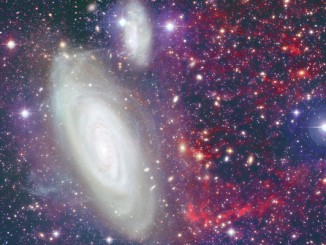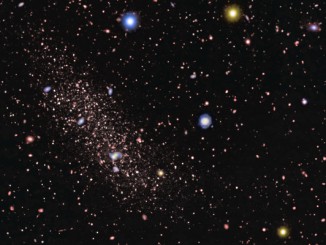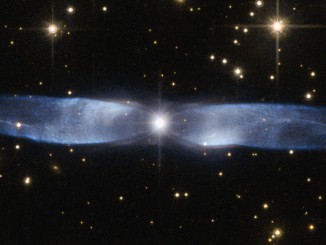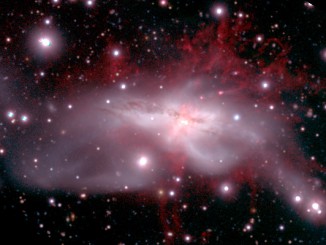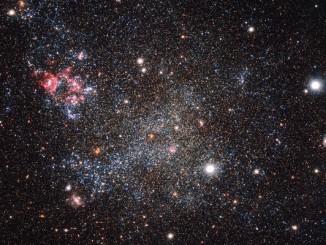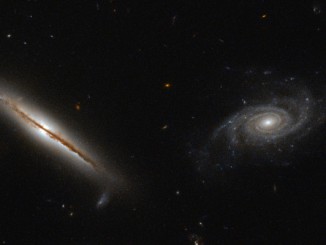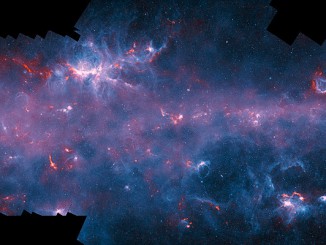
ATLASGAL survey of southern Milky Way completed
A spectacular new image of the Milky Way has been released to mark the completion of the APEX Telescope Large Area Survey of the Galaxy (ATLASGAL). The APEX telescope in Chile has mapped the full area of the galactic plane visible from the Southern Hemisphere for the first time at submillimetre wavelengths — between infrared light and radio waves.

